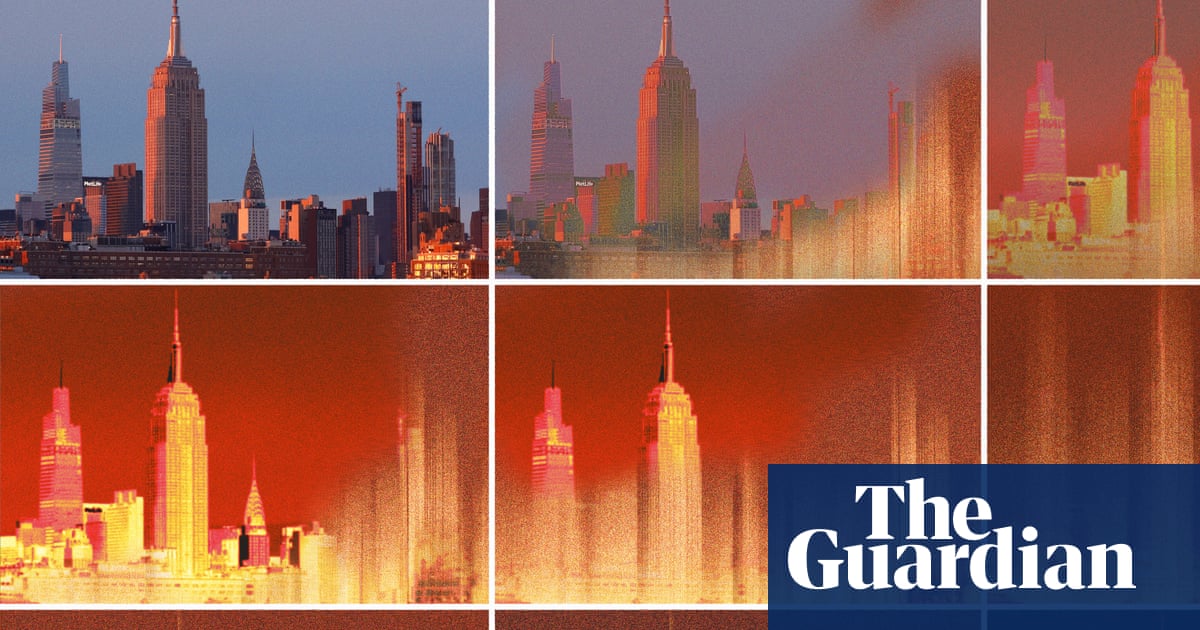Temperatures above 50C used to be a rarity confined to two or three global hotspots, but the World Meteorological Organization noted that at least 10 countries have reported this level of searing heat in the past year: the US, Mexico, Morocco, Algeria, Saudi Arabia, Kuwait, Iran, Pakistan, India and China.
In Iran, the heat index – a measure that also includes humidity – has come perilously close to 60C, far above the level considered safe for humans.
Heatwaves are now commonplace elsewhere, killing the most vulnerable, worsening inequality and threatening the wellbeing of future generations. Unicef calculates a quarter of the world’s children are already exposed to frequent heatwaves, and this will rise to almost 100% by mid-century.



110⁰ heat wave in a high humidity climate
“Have you tried switching out your shingled roof for aluminum?”
Like, idk, maybe this can save a few bucks on your AC bill. But this isn’t magic. It can’t keep the air getting into your house from being superheated.
But it isolates radiated heat. You’ll have to pump heat built up inside. But also, aluminum radiators pointing upward can help reduce climate temperatures similar to the way trees do. Trees absorb the heat and shade the ground. These would shade and reflect heat creating a cooler area underneath if heat is not actively being generated…no humans or computers or pets. So not a silver bullet but just makes me so puzzled to see people using tar, which pollutes the ground, and steel which perfectly absorbs heat. No, the best solution is to use aluminum.
Aluminum is far more thermally conductive and makes both a far better radiator and absorber of heat. Ultimately it’s a coating that does the absorbing though, as shiny metal reflects IR regardless of the material. Source: I work with this stuff
Light coloured or reflective roofs do make sense though and that’s why traditional homes in most hot climates are painted white.
Yes. Ideally you want a sandwich aluminum -steel - aluminum. But that’s not ideal. Sometimes you see this in heat shields around exhaust systems. But nothing beats experience. The fact is that if you put a sheet of tar roofing, a sheet of steel and a sheet of aluminum under the sun, the tar will get melty, the steel will get fucking hot and the aluminum will be nice and cool to the touch. Sure you can spray aluminum onto the steel or the tar but it won’t be as efficient and you won’t get the reflective properties that aluminum has. Remember the wavelength of heat is past the 0.1um and it’s up to 100um, so most coatings are not that thick and most roughnesses are not that rough locally where it matters. Machined aluminum for example will have a local roughnesses less than 25um, sometimes under 1um.